
Image by Wikipedia
INTRODUCTION:
April 13 every year is to be remembered as Jallianwala Bagh Massacre day in order to remember all the ones who sacrificed their lives not knowing what for. It all happened on April 13, 1919, when General Reginald Dyer decided to shoot dead all the Indians who had gathered in Jallianwala Bagh, Amritsar, Punjab to protest against the Rowlatt Act of 1919. Just to make sure that no Indians take protest in their hands just to get what they want.
ROWLATT ACT, 1919:
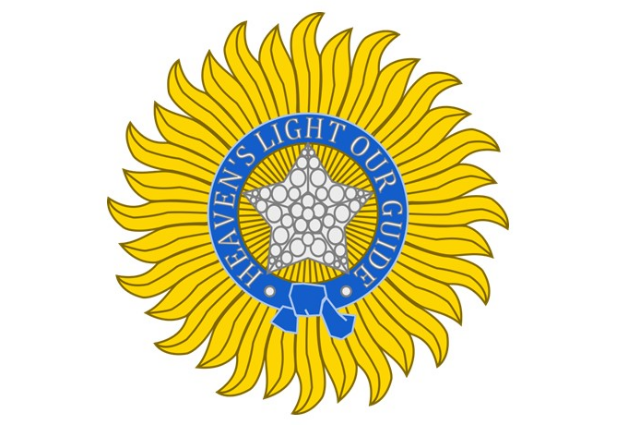
The Anarchical and Revolutionary Crimes Act, of 1919 popularly came to be known as The Rowlatt Act, 1919 was named after its president Sir Sydney Rowlatt. This act gave the officers so many rights and its only objective was not to let any national upsurge in India. The officers were given the right to search a person’s house and to arrest any person they want without a warrant. The government was given the right to detain a person for 2 years without trial. The accused were detained the right to know the accusers and the evidence produced during trials to prove their guilty also was not shown. When introduced in the Imperial Legislative Council it was called as “BLACK BILLS”.
AFTERMATH OF ROWLATT ACT:
The act was passed despite opposition from the Indian leaders (Mohammed Ali Jinnah, Madan Mohan Malaviya, Mazhar Ul Haq) in the council. The act came to effect on March 21, 1919. This act curbed the rights of all Indians that too by British which made it difficult for people to accept. It was called Black Act for a reason. The police started to arrest whomever they want even for their personal grudges. The rate of arrests increased and the people who were arrested were outlawed from participating in any Social, Religious, or Political activities. There were many protests against it and it was increasing day by day. Mahatma Gandhi launched “Rowlatt Satyagraha” on April 6. British became afraid of the “Ghadarite Revolution” in Punjab and the rest of the country. Two Congress leaders, Satyapal and Saifuddin Kitchlew were arrested.
WHAT REALLY HAPPENED?
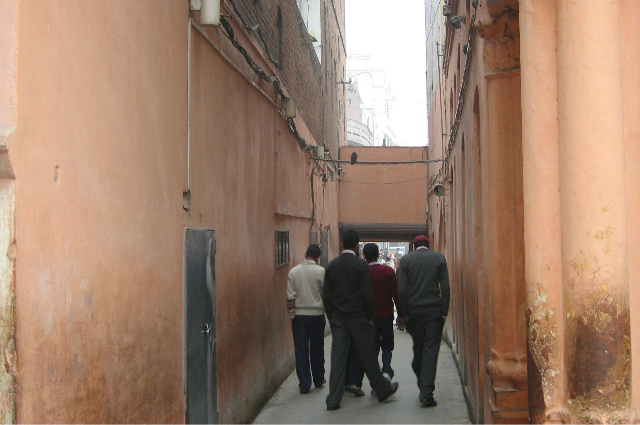
Image by Wikipedia
Punjab was alarming due to riots and revolts happening against Rowlatt Act. So, Martial Law was announced in Punjab according to which no one is allowed to assemble mass gatherings and no one is allowed to gather in public places too. April 13 was Baisakhi day for the Punjabis. It is a Harvest festival celebrated by them in an impressive manner. So, on April 13, a specific amount of people gathered in Jallianwala Bagh to celebrate Baisakhi day and a specific amount to protest against the arrest of Satyapal and Saifuddin Kitchlew and the remaining amount of people gathered to protest against Rowlatt Act. But when the news reached the British officers, it was upside down. They were told that all the people gathered in Jallianwala Bagh were to protest against the Rowlatt Act. One among the protestors was Mahatma Gandhi. Reginald Dyer with the aim that no one in the country should ever to protest against the Rowlatt Act, blocked the single entry to Jallianwala Bagh(As the other three entries were blocked by buildings) and brought with him Gurkha, Baloch, Sikh, and Rajput troops from 2 – 9th Gurkhas, 54th Sikhs and 59th Scinde Rifles of the British Army. He then ordered the armies to shoot at the crowd even though they scattered and ran everywhere they could. The armies didn’t even show mercy and shot at every human being they found. They shot until their ammunition was exhausted.
BLOODBATH:
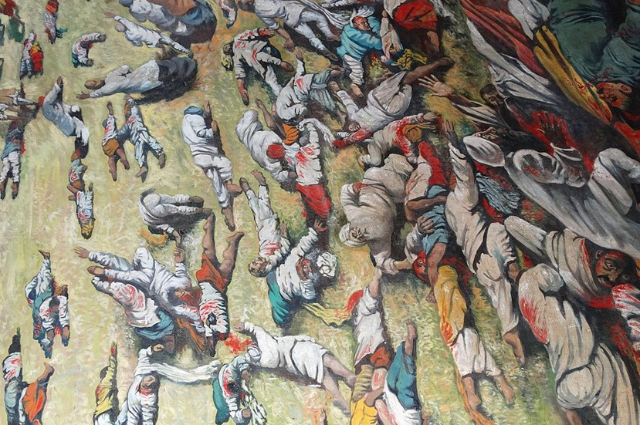
Image by Wikipedia
It was on the official report that nearly 379 to 1500 or more were killed and over 1200 people were injured out of which 192 were seriously injured. But it was said that the official report was just to cover the entire incident. And more people were expected to be killed and more were injured for sure. The entire area was covered with blood and one who had seen that never would have slept for his entire life for sure. The level of causality and the lack of accountability stunned the entire nation. In turn, the people lost all their faith in the British government.
APPRECIATION AND CRITICISM:
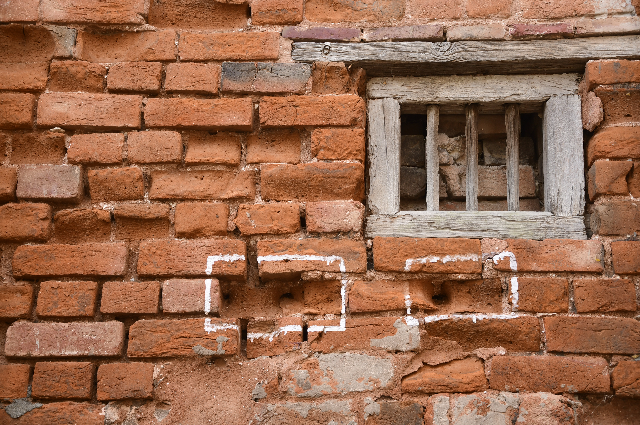
Image by Wikipedia
Winston Churchill, Secretary of State in the House of Commons told everyone that the firing took place against the people who were unarmed and it nearly lasted for 10 minutes until 1650 rounds of ammunition took place. He himself and H. H. Asquith, Former Prime Minister had both criticized the work of Reginald Dyer. Churchill called it as the “Unutterably Monstrous” and Asquith referring it as “one of the worst, most dreadful, outrageous in the whole of history”. But still, Dyer received more appreciation from his side than criticism. He was even awarded by his senior Major General William Beynon, “Your Actions are Correct and Lieutenant Governor Approves”. Many Britain people still think of him as the one who saved British Rule in India.
HUNTER COMMISSION:
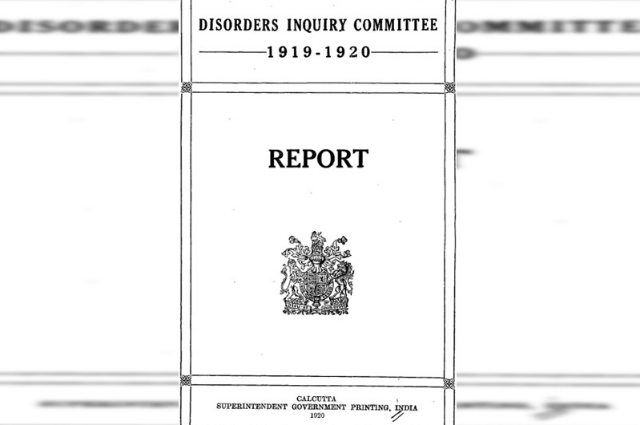
Image by Wikipedia
On October 14, 1919, based on orders issued by Secretary of State, Edwin Montagu, The Government of India formed Hunter Commission, formerly known as Disorder Inquiry Committee. It consists of 9 members and is named after the head, William lord Hunter. The purpose of the commission was stated that it was formed to look into the disturbances in Bombay, Delhi, and Punjab and to take the measures to cope with them. The commission met in New Delhi on 29 October 1919 and witnesses were all enquired. They then met at Punjab too. On November 19, 1919, Dyer was ordered to appear before the committee. The report concluded that Dyer did a big error by continuing the fire though persons opposite to him were just normal people and they didn’t even have a small weapon to defend themselves. The reports were against him but he was not charged of any legal charges or disciplinary action. Dyer was relieved of his duties in the army in 1920. A British newspaper itself called Jallianwala Bagh Massacre as one of the bloody massacres of Modern History.
TURNING POINT:
British’s failure to give the victims the just, made Indian leaders all angry. Rabindranath Tagore gave up his “KNIGHTHOOD” title bestowed upon him by the British Government and Gandhi gave up his title of “KAISER-E-HIND” also bestowed upon him by British Government for his services during the Boer war in South Africa. Michael O’ Dwyer, Lieutenant Governor of Punjab, who approved the actions of Reginald Dyer was killed by Udam Singh. Gandhi took the Non-Co-operation movement which took place in 1920 just after this incident which paved the way for the Independence of India.
CONCLUSION:
Till then, for all the people who believed that this ‘Enlightened Empire’ will bring all the good to them were shattered by this incident and their belief was all broken out. This stirred the nationality of Indians living in all the nooks and corners of India and everyone understood the greediness of this empire. It made them realize the truth. And now we are sitting in an Independent India and a lot has changed. Till now, the martyrs of the Jallianwala Bagh Massacre are being remembered and will always be!
